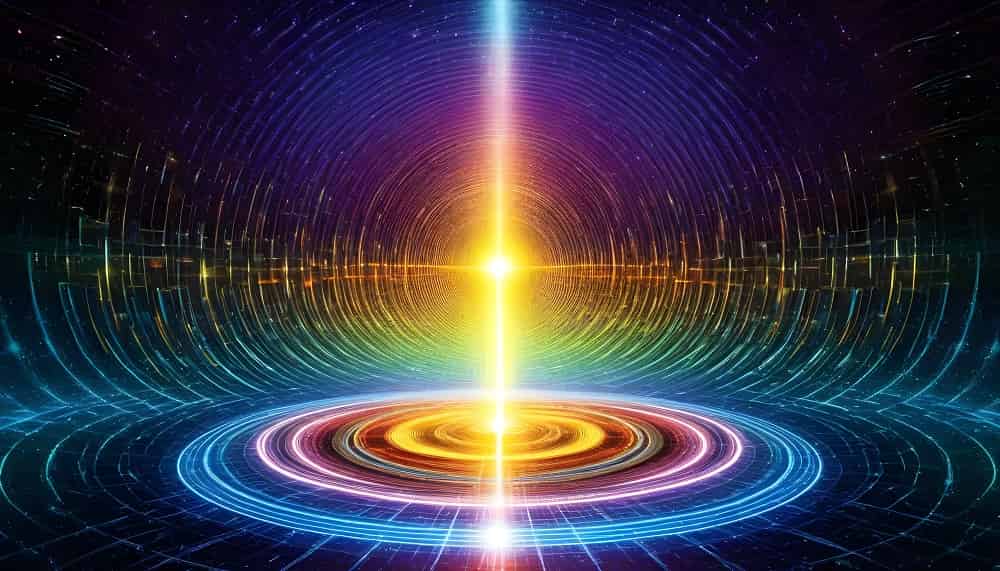Exploring the realms of sound and vibration has perpetually captivated the minds of scientists. Take, for instance, the groundbreaking work of Anthony Holland, a scientist who recently unveiled to the world the potential to obliterate cancer cells by precisely targeting them with specific sound frequencies. Yet, what's truly astonishing is the revelation that ancient sages in India harnessed the power of sound and mantras for healing purposes. These sages asserted that sound could unlock extraordinary feats. Hinduism, in particular, offers a remarkable insight as each deity is intricately associated with a unique sound instrument. This signifies the profound understanding ancient Indians possessed regarding the application of sound in both spiritual and medical contexts. Numerous ancient texts narrate miraculous possibilities, such as achieving invisibility, through the utilization of mantras and sound.
In ancient India, the power of sound, or "Shabda," held a significant and multifaceted role in various aspects of life, philosophy, and spirituality. The understanding of sound went beyond mere auditory perception and extended into metaphysical and cosmological realms. Here are some key aspects of the amazing power of sound in ancient India:
Vedic Chants and Mantras
The Vedas, the ancient Indian scriptures, are filled with hymns and chants that were believed to have a profound impact on the cosmos. These chants, often in the form of mantras, were considered to have inherent power and were recited during rituals and ceremonies to invoke divine forces.
Nada Brahma (The World is Sound)
The concept of "Nada Brahma" means that the world is sound or vibration. This idea is deeply rooted in Indian philosophy, particularly in the spiritual traditions of Vedanta and Yoga. According to this concept, the entire universe is an expression of cosmic sound, and by understanding and harnessing this sound, one can attain spiritual realization.
Music as a Spiritual Path
Ancient Indian classical music, both Hindustani and Carnatic traditions, was not merely an art form for entertainment but was considered a spiritual practice. Musicians believed that through the disciplined practice of music, they could reach higher states of consciousness and connect with the divine.
The Science of Ragas
Ragas, the melodic modes in Indian classical music, were believed to have specific effects on the mind, body, and environment. Different ragas were associated with particular times of the day or seasons, and it was believed that playing or singing specific ragas could influence emotions, healing, and even the weather.
Yoga and the Power of OM
In yogic philosophy, the primal sound "OM" (AUM) is considered the sound of the universe. Chanting OM is believed to align the practitioner with the cosmic vibrations and bring about a sense of unity with the divine. It is often chanted as part of meditation and as a prelude to various yogic practices.
Sound in Ayurveda
Ayurveda, the ancient Indian system of medicine, also recognized the therapeutic power of sound. Mantras and specific sound frequencies were used in healing practices to restore balance to the body, mind, and spirit.
Sanskrit Language
Sanskrit, the ancient language of India, was considered a divine language with inherent vibrational qualities. The pronunciation of Sanskrit words and the recitation of sacred texts were believed to have a purifying effect on the individual and the environment.
The ancient Indian perspective on the power of sound reflects a holistic understanding of the interconnectedness of sound, consciousness, and the universe. It was not limited to the physical sense of hearing but encompassed a profound recognition of the vibrational nature of existence.














0 comments:
Post a Comment